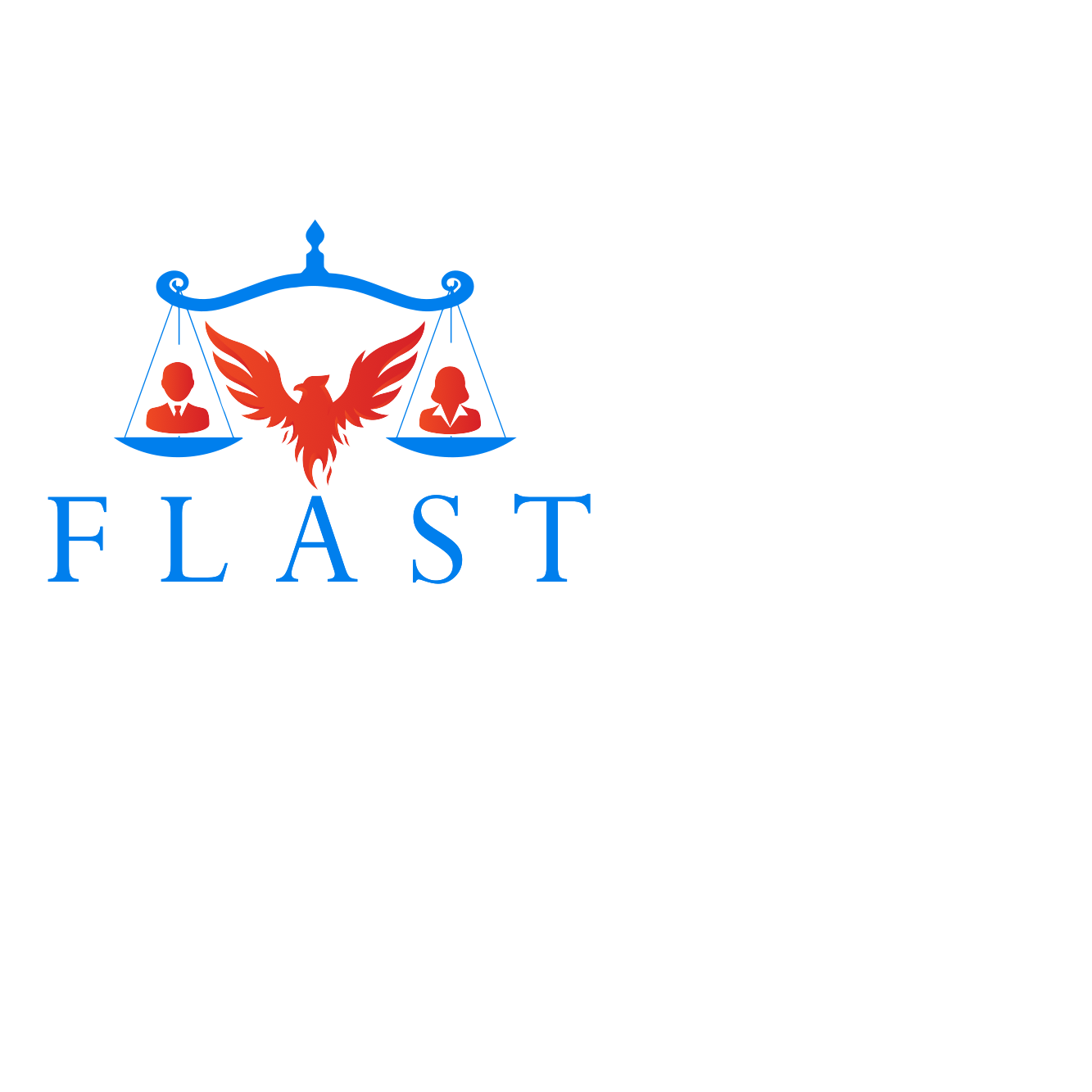- · 4621 friends
Parties Appeal from Property Settlement Orders
Fonseka & Tennakoon [2022] FedCFamC1A 12 (10 February 2022)
The primary judge made property settlement orders. The parties filed joint submissions seeking that the appeal be allowed averring that the primary judge made material errors of fact. The Court, in resolving this dispute, considered the primary judge’s calculations.
Facts:
By an Amended Notice of Appeal filed 6 December 2021 the appellant husband appealed against final property settlement orders made on 22 July 2021 by a judge of the Federal Circuit Court of Australia. The husband and the respondent wife had sought an alteration of their property interests following the cessation of their marriage. The grounds of appeal were that the primary judge had made a material error of fact in concluding that the liability related to the Company V business totalled approximately $800,000 rather than approximately $1,282,500; and notwithstanding this material error of fact, his Honour made a material error of fact in calculating Schedule 1 of the reasons with a ‘total’ of $810,000 rather than $610,000 (being $1,300,000 less $690,000). On 18 January 2022 the Court was informed that the parties had resolved the appeal and that a minute of consent orders was forthcoming.
On 24 January 2022 the Court received joint written submissions from the parties and a minute of consent orders seeking the appeal be allowed and substituting revised orders. Orders were also sought for costs certificates pursuant to the Federal Proceedings (Costs) Act 1981 (Cth) (“the Costs Act”) with a notation that neither party sought costs against the other. The parties agreed in their written submissions that the appeal should be allowed because the primary judge had erred on the two grounds specified by the husband in the Amended Notice of Appeal. Ground 1 is concerned with the primary judge’s understatement of the liability related to one of the businesses owned by the husband, Company V, by approximately $482,500.
At trial the parties disputed the value of the husband’s businesses. His Honour did not accept the values espoused by the experts and instead concluded that it was appropriate to consider the “worst case scenario” for the husband if the businesses were sold, reducing these conclusions to a calculation in Schedule 1 of the reasons. Ground 2 is concerned with a further material error of fact in the nature of an arithmetic error in the primary judge’s final calculations in Schedule 1 of the reasons. The parties agree that in his Honour’s computation of the total value of the husband’s business interests on a “worst case” scenario insofar as the Company V business and the sale of a property at Suburb K was concerned, his Honour used a figure of $810,000 when the actual figure by reference to the evidence should have been $610,000. The parties do not seek to alter the 65/35 per cent split of the assets in favour of the wife that the primary judge determined.
Issue:
Whether or not the primary judge made the material errors of fact identified in the grounds of appeal.
Applicable law:
Family Law Act 1975 (Cth) s 79 - pursuant to which final property settlement orders made on 22 July 2021 by a judge of the Federal Circuit Court of Australia.
Analysis:
The primary judge’s calculations commenced with the starting point that the husband would have to pay out debts of $800,000, however this was contrary to the evidence. The parties accept that it was uncontroversial that the debt owed by the husband’s businesses had not been reduced to $800,000 but by $800,000, that there was no evidentiary basis for the $800,000 figure his Honour adopted, and that the appropriate figure to use with respect to the debt owed by the husband’s business interests, having regard to the best evidence available, was $1,282,500. Had the primary judge used this $1,282,500 figure in calculating the value of the husband’s business interests the total value of these interests on a “worst case” scenario would have been $270,250 (allowing for the correction of the error identified by Ground 2), and the parties agree that this is the figure that should have been used. His Honour’s computation of the total value of the husband’s business interests on a “worst case” scenario had the effect of carrying through subsequent calculations to produce an erroneous final figure of $952,750 when (leaving to one side the error the subject of Ground 1) the final figure ought to have been $752,750.
The parties accept that, in the Court re-exercise of discretion, the correction of the errors which are the subject of the appeal would produce a result whereby either the husband would retain one of the properties and pay the wife the sum of $73,264.50, or the wife would pay the husband the sum of $311,735.50 and retain that property (as the orders of his Honour contemplated).
Conclusion:
The Court allowed the appeal. In respect of the orders made by the Federal Circuit Court of Australia (as the Court was then known) on 23 July 2021, Order 1 is substituted with having the husband pay to the wife the sum of $73,264.50. Order 2(b) is set aside. Order 5(aa) is inserted as follows: D Street, Suburb E; The wife should do all things necessary and sign all documents required to give effect to Order 4 herein to transfer her interest in D Street, Suburb E to the husband. Order 6 is substituted with having the husband do all things necessary to remove the wife’s name from any of the entities, companies and trusts as listed in Order 5 at his expense. The Court grants to the husband a costs certificate pursuant to the provisions of s 9 of the Federal Proceedings (Costs) Act 1981 (Cth). The Court grants to the wife a costs certificate pursuant to the provisions of s 6 of the Federal Proceedings (Costs) Act 1981 (Cth).


